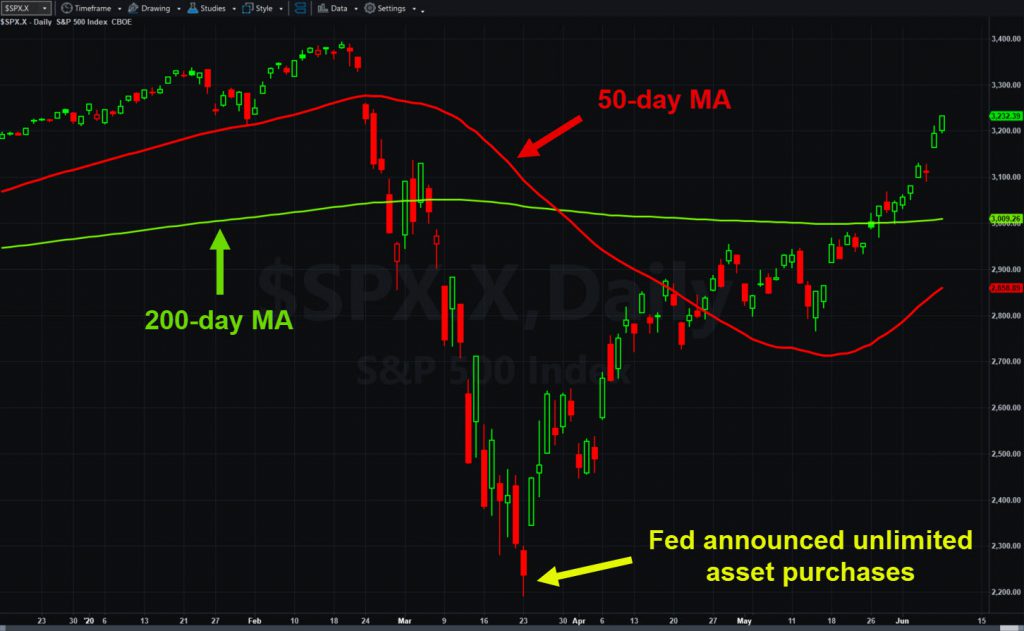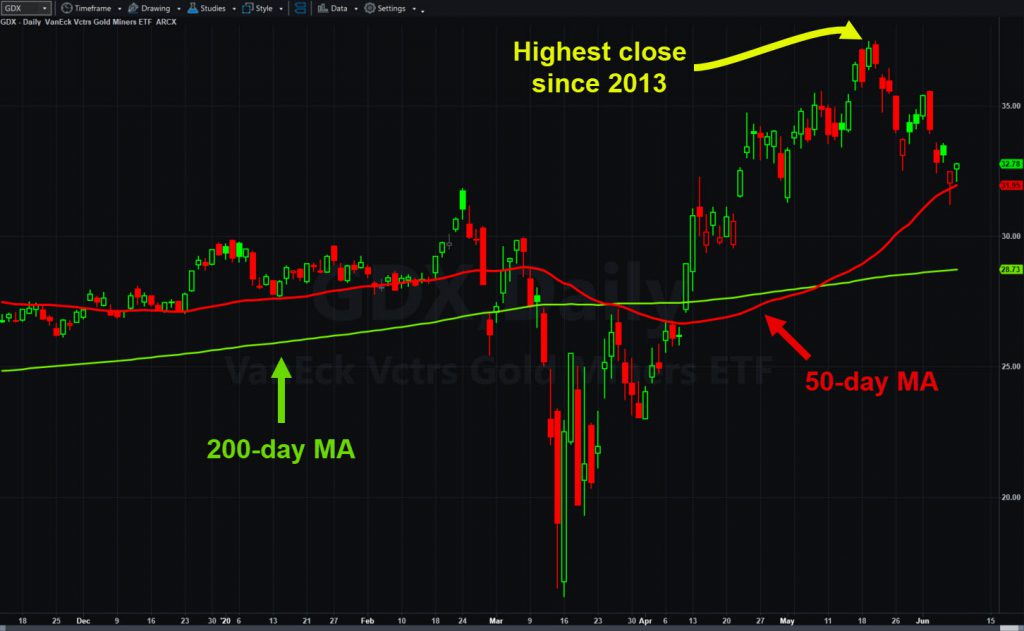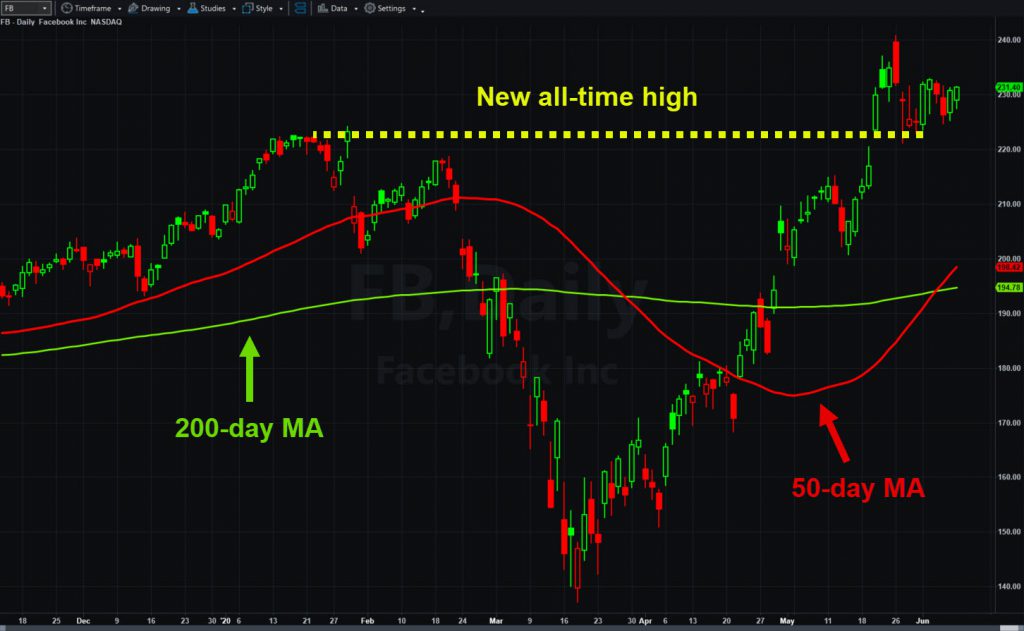The Federal Reserve may get creative as it looks to revive the economy from its worst crisis of the modern era.
Central bank watchers expect interest-rate controls and increased asset purchases when new policies are announced tomorrow afternoon. The goal is to maintain stability and access to capital so businesses can rebuild from two months of social distancing.
The steps represent another stage in the Fed’s response to coronavirus. Phase one was crisis management. Chairman Jerome Powell not only slashed interest rates unexpectedly on March 15. He also lent trillions of dollars to businesses and local governments in subsequent weeks.
The policies were like a tourniquet to stabilize a patient. The Fed prevented its worst-case nightmare scenario of the economy spiraling downward: People out of work consume less, triggering more business failures and layoffs. Debts and rents go unpaid. Lending for everyone else freezes up.

That, in turn can drag down even more spending and investment. (Think of the the Great Depression.) Fortunately, it seems we escaped that fate — thanks in large part to Powell and the Congressional Paycheck Protection Program. Now that the bleeding is under control, what’s next?
Yield Curve Controls
The Fed will issue a policy statement at 2 p.m. ET Wednesday. A press conference follows 30 minutes later.
One of the big ideas being floated is the idea of “yield-curve” controls. Traditionally, the Fed has controlled short-term rates on overnight loans between banks. Now economists think they may publish limits on longer-term rates and enforce it with unlimited bond purchases.
Yield-curve controls would essentially prevent longer-term interest rates from rising too quickly. That would make it easier for the government and businesses to spend and borrow.
Economic Goal Setting
Another big announcement could be return of the Summary of Economic Projections (SEP). Before coronavirus, the Fed published forecasts about key indicators like gross domestic product, unemployment and inflation. (It included the so-called “dot plot.”) That way, economists could easily anticipate policy based on the routine flow of data.

Several Fed watchers think the SEP will return tomorrow. It would mark another return to normal from the crisis.
One thing few expect is another interest-rate cut. That would mean negative rates, which Powell has explicitly rejected multiple times.
Weak Dollar Trades
Whatever the Fed says, a takeaway for ordinary investors could be super-low interest rates well into the future. There could be several results.
First, it could support precious metals. Gold and gold miners shot to new highs three weeks ago. They pulled back sharply as the economy recovered and fears abated. But the prospect of more easy money from the Fed may revive interest.
Second, don’t forget about Chinese technology stocks like Alibaba (BABA) and JD.com (JD). They entered 2020 with a bang after Beijing signed a trade deal with President Trump. Low rates could spell a weak dollar at the same time the yuan is rebounding. Index changes are also channeling more money into the group.

Third, low interest rates favor high-multiple “growth” stocks like software and e-commerce. These companies have lagged recently as investors snapped up airlines, banks and retailers at bargain prices.
Facebook’s Tight Pattern
Technology companies have benefited as people work remotely and demand for cloud-computing soars. The Nasdaq-100 also closed at new highs the last two sessions. Apple (AAPL) and Amazon.com (AMZN) hit new records.
Others like Facebook (FB), Alphabet (GOOGL) and Microsoft (MSFT) are in tight ranges near their own highs. Traders may watch for potential breakouts in these, especially because they have very active options. That can make it easier to leverage moves if they rally.
In conclusion, the Fed has saved the economy from a real crisis. While there’s still a lot of work to be done, a road back to normalcy is taking shape. Hopefully this post helps you know what to expect going forward.


























